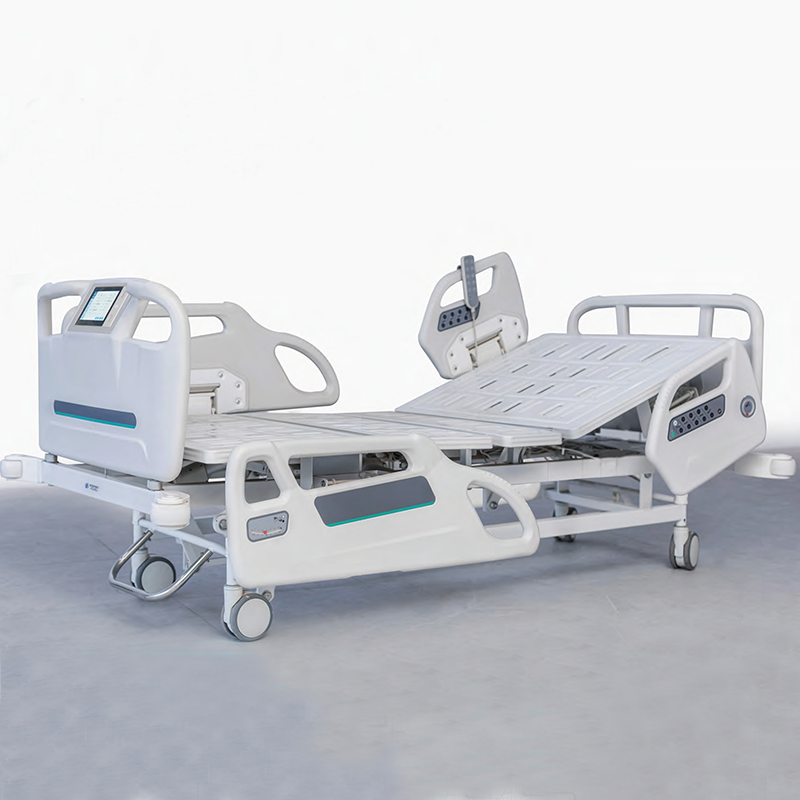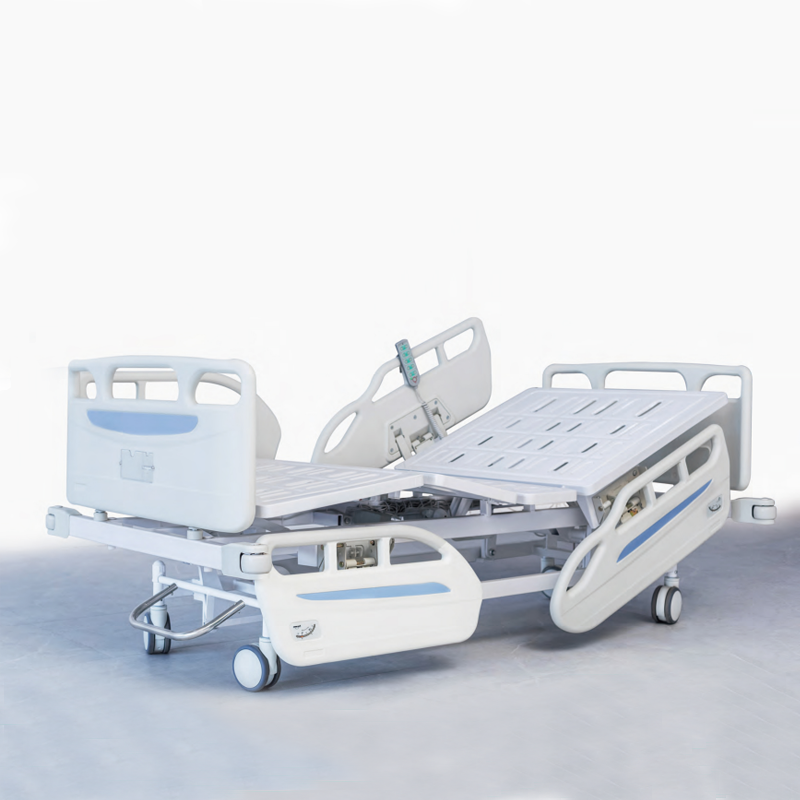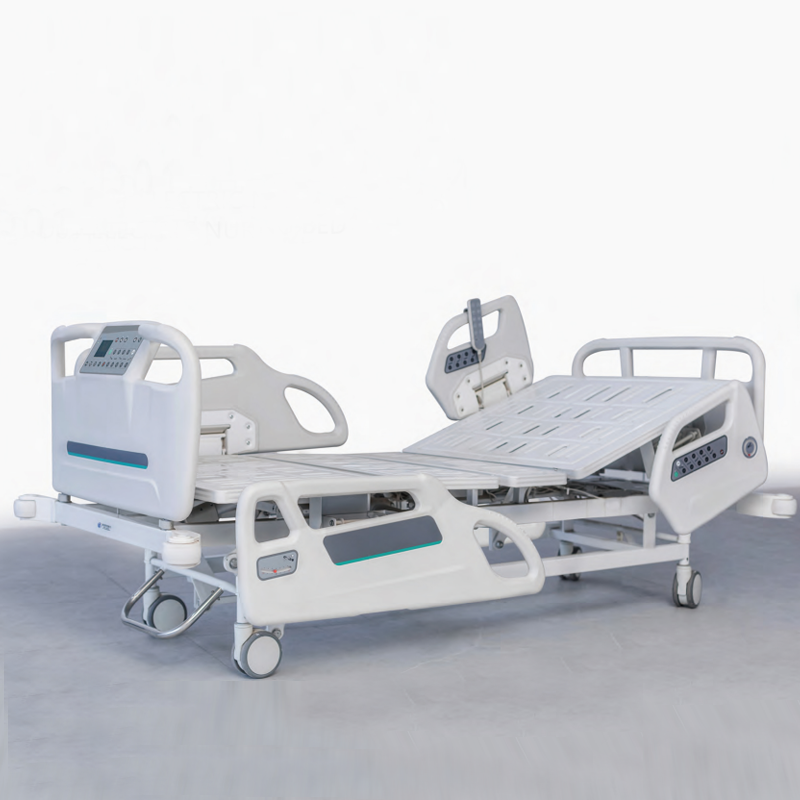A waterproof electric hospital bed is engineered to the highest standards of infection control and durability, designed to withstand the challenging environment of clinical settings where exposure to fluids, harsh disinfectants, and moisture is constant. This protection is achieved through a comprehensive approach to materials and design. The bed's frame is typically constructed from corrosion resistant materials like powder coated steel or aluminum and is designed with seamless, fully sealed joints to prevent liquid ingress that could damage the internal electric motors and wiring. The decking is made of waterproof materials such as sealed plastic or composite boards. Most critically, the entire bed is designed to be used with a fully waterproof or fluid resistant mattress and cover, creating a complete barrier system. This allows for thorough and aggressive cleaning and disinfection between patients without risk of damage, mold growth, or electrical failure. The control handset is also often sealed against moisture. This robust construction is essential for maintaining a sterile environment, preventing healthcare associated infections (HAIs), and ensuring the long term reliability of the bed in high acuity areas such as ICUs, isolation rooms, burn units, and long term care facilities, ultimately protecting both patient safety and the facility's capital investment.


